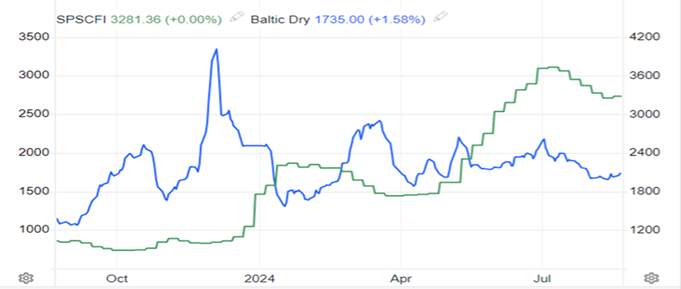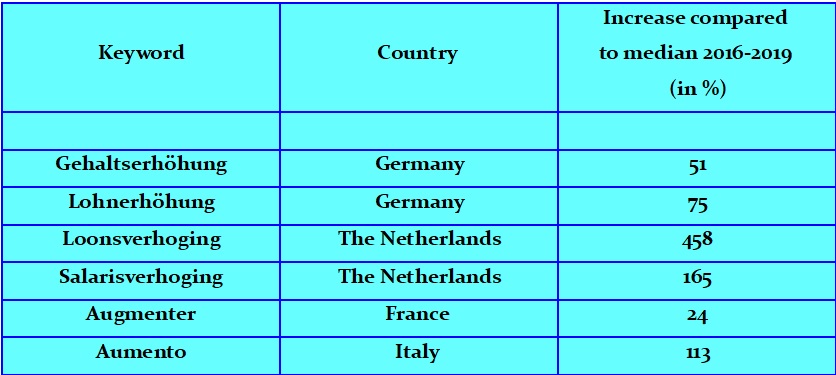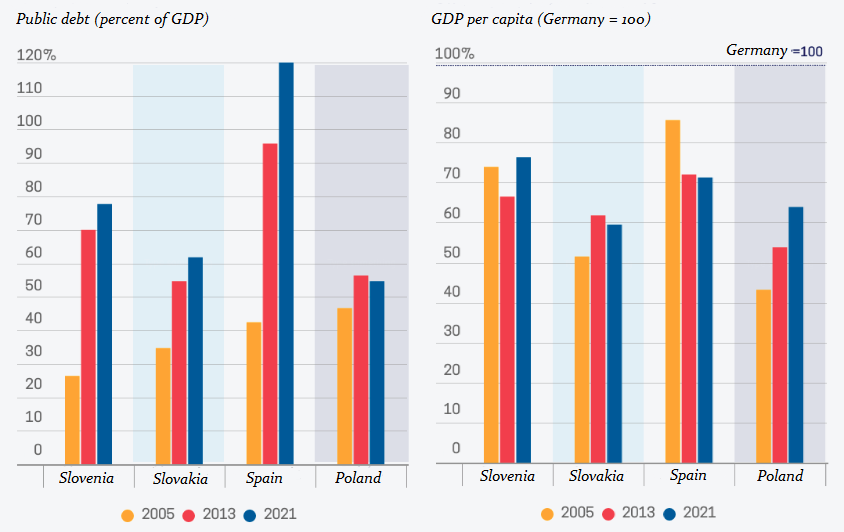Policy-making has been with us since the dawn of humanity and generally its rules are timeless. Governments, heads of states, diplomats, religious leaders – whether they are part of the establishment or in opposition – have employed various instruments in a bid to tip the balance of the power play to their advantage. These included propaganda, finances, religions or ideologies and – the most powerful of all – emotions. It is, however, the twentieth century that made extensive use of… children. Not that the instrument was not known earlier: the reader will have remembered the Children’s Crusade of the Middle Ages, for instance.
With the advent of the visual mass media – photography, film footage, television, the internet – this present-day biblia pauperum, the lay and religious leaders alike have learnt to how make a highly emotional appeal to the public through children. The effectiveness of this instrument cannot be overrated. Why, we are – men and women – biologically hardwired to positively respond to a child’s facial expressions. If you want to gain support for aid directed toward a far-away country, you post pictures of children’s lovely faces, now sad, now smiling – whichever better suits the purpose at a given time and place – and the hearts and minds of the receivers of the message are sure to be won over. That’s the power of an innocent child’s face, as we are accustomed to saying.
 Nowadays presidents, prime ministers, monarchs – some of them intentionally childless! – and popes like to be filmed with or photographed in the company of children. The message is clear: someone who likes children is good, intends no harm. The little ones are not only used to elevate a politician’s image but also to advance and advocate a policy.
Nowadays presidents, prime ministers, monarchs – some of them intentionally childless! – and popes like to be filmed with or photographed in the company of children. The message is clear: someone who likes children is good, intends no harm. The little ones are not only used to elevate a politician’s image but also to advance and advocate a policy.
Case in point: Engelsina Markizova. She ran up to Joseph Stalin during a state celebration, he picked her up and gave her a hug, and the images of this even showing in a simple manner the humaneness of the top communist leader were later popularized throughout the Soviet Union. Continue reading











